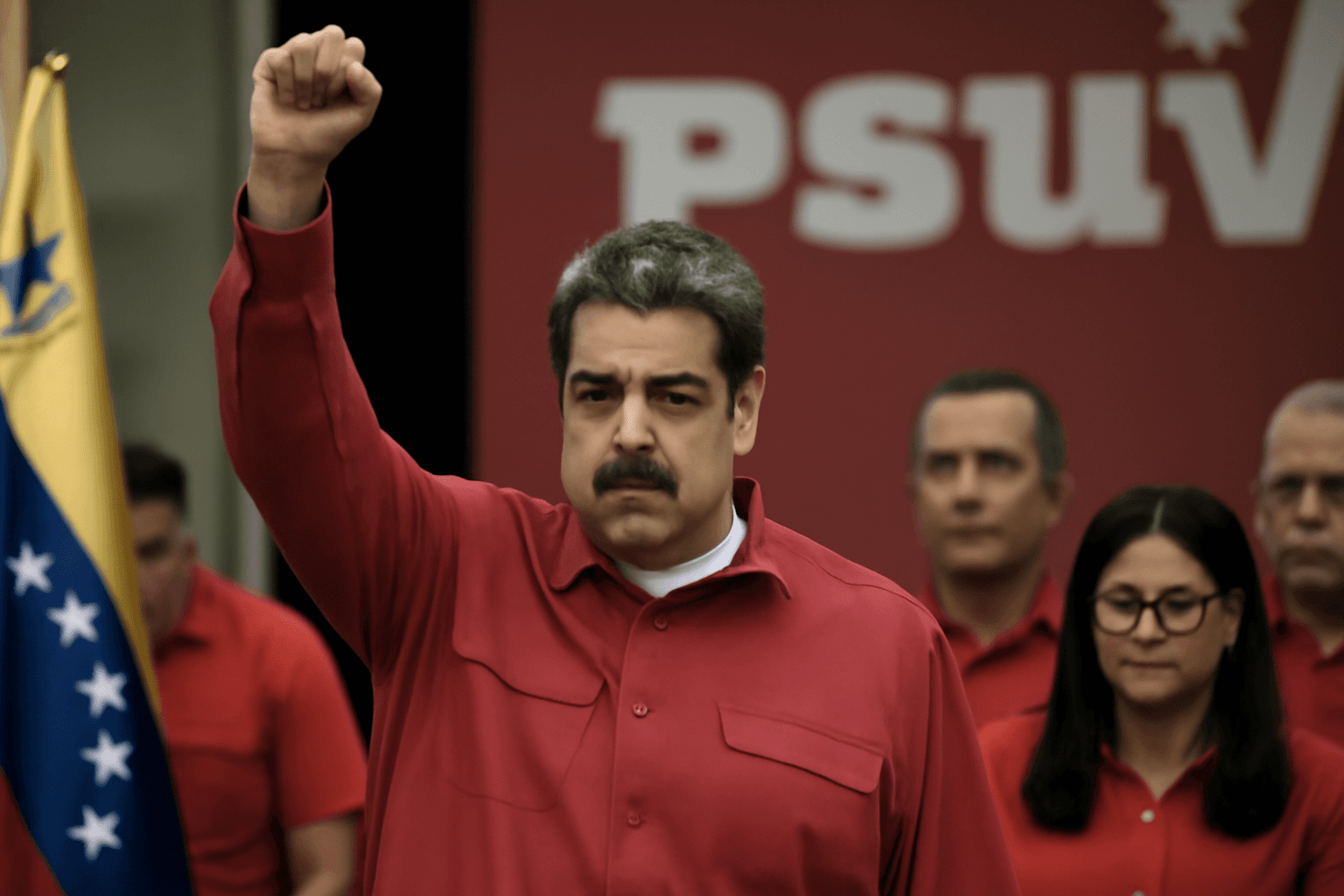Inside the Controversial Prison Life of Norway’s Deadliest Terrorist
More than a decade after carrying out one of the deadliest attacks in Norwegian history, Anders Behring Breivik remains behind bars, yet his battle with the Norwegian justice system continues far beyond his crimes. The man responsible for the 2011 massacre that claimed 77 lives on a summer day in Oslo and Utøya island, Breivik has turned to legal action to challenge his incarceration conditions – conditions many would struggle to imagine as punishment at all.
A Controversial Prison Cell: Comfort or Necessary Custody?
Breivik’s current prison accommodation at Ringerike Prison is a sprawling two-storey unit that starkly contrasts typical images of incarceration. Spanning approximately 340 square feet, his cell includes a private kitchen, dining area, and a TV lounge equipped with an Xbox and PlayStation. Beyond electronics, he enjoys a treadmill, fridge, DVD player, and even a typewriter on his desk. He is also permitted to engage in distance learning at Norway's premier university, watch television, read newspapers, and participate in recreational activities, such as a prison gingerbread house contest.
To put this into context internationally, a 340-square-foot living area would be considered a modest apartment, yet in parts of the world like Mumbai, such space commands prices exceeding Rs 1.4 crore ($180,000), underscoring the unusual nature of Breivik’s prison situation.
Why Such Luxuries for a Terrorist?
Norway’s penal philosophy tilts heavily towards rehabilitation and humane treatment rather than retribution. The country’s abolition of the death penalty in 1905 and progressive prison reforms mean its maximum sentence is 21 years, often extendable if the prisoner is deemed a continuing danger.
Breivik’s special status is partly due to the grave risk he poses to other inmates, as well as his ongoing role as a symbolic figure among far-right extremists. The authorities balance security concerns with human rights obligations under European law, ensuring that even the most heinous criminals receive fair, if strict, treatment.
The Legal Battle Over Solitary Confinement
Breivik’s litigious streak has led to numerous complaints about his living conditions. In 2016, he won a landmark case arguing that prolonged solitary confinement violated the European Convention on Human Rights. The court found that extreme isolation could cause mental harm, awarding him compensation and mandating improved conditions.
This verdict sparked public outrage in Norway, with survivors and political figures questioning whether such leniency was appropriate given the scale of his crimes. However, subsequent rulings have leaned towards maintaining stringent restrictions, reinforcing Norway’s complex balancing act between humanity and justice.
The 2011 Massacre: A National Trauma That Still Resonates
On July 22, 2011, Breivik executed a meticulously planned attack that began with a bomb in Oslo’s government quarter, killing eight. He then traveled to Utøya island disguised as a policeman, where he systematically shot 69 young participants at a Labour Party youth camp. Survivors recall harrowing scenes of desperation, hiding, and miraculous escapes as the gunfire echoed across the lake.
Breivik’s manifesto, a sprawling 1,500-page declaration distributed online beforehand, revealed his extremist ideology centered on anti-immigration and xenophobic views, conclusions that have fueled broader debates across Scandinavia and Europe about multiculturalism and national identity.
The Aftermath: How Norway Grapples with Justice and Compassion
Norway’s response to Breivik’s crimes has involved both grief and reflection. The country’s restorative justice model prioritizes societal healing and reintegration over retribution. Many survivors, while agonized by the tragedy, acknowledge the importance of upholding principles underpinning their justice system, including the potential release of prisoners if they no longer pose a threat.
Political shifts have followed the attacks, with the rise of conservative and anti-immigration parties highlighting increased regional tensions on immigration policies. Yet, the consensus remains that Breivik’s actions, while horrific, have not reshaped Norway’s fundamental values.
Reflections on Norway’s Penal Philosophy in a Global Context
- Human Rights vs. Public Safety: Breivik’s case challenges the tension between maintaining humane prison conditions and mitigating risks associated with heinous offenders.
- Restorative Justice Models: Norway’s approach contrasts sharply with more punitive systems, raising questions about effectiveness and public perception.
- Influence on European Security Policies: The far-right extremism Breivik espoused continues under close surveillance to prevent future tragedies.
Editor’s Note
The Anders Behring Breivik case is a poignant lens through which to examine the limits of justice, compassion, and public safety in modern democracies. Norway’s attempt to reconcile its humanitarian values with holding a mass murderer accountable raises challenging questions: How should societies treat those who commit the most egregious crimes? Can strict but humane imprisonment truly deter extremism? And how does justice honor victims without compromising principles? These questions invite ongoing scrutiny not only in Norway but worldwide, as governments confront rising polarization and radicalization.

















